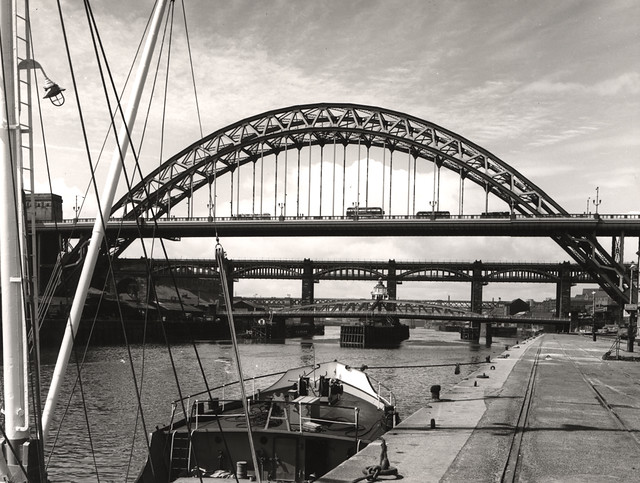Newburn Manor: an analysis of a changing medieval, post-medieval and early modern landscape in Newcastle Upon Tyne

-
Description
Morrison, Jennifer (2007) Newburn Manor: an analysis of a changing medieval, post-medieval and early modern landscape in Newcastle Upon Tyne, Durham theses, Durham University. Available at Durham E-Theses Online: http://etheses.dur.ac.uk/2924/ ABSTRACT: This thesis is a desk-based archaeological analysis of the historic landscape of Newburn manor, now an urban suburb some five and a half miles west of Newcastle upon Tyne. Despite continuing urbanisation however, this research has shown that landscape features dating back to the earliest periods of settlement survive. Enclosure and industry have been shown to have been the main historical forces behind landscape change. Agricultural improvement coincided with the process of enclosure and this work has shown clear evidence of the implementation of the type of innovations which typified the periods known as the Agricultural Revolution and era of High Farming. Industry stamped its mark on the rural landscape from the medieval period and in time Newburn developed into an industrial settlement. The main agency of landscape change was the landowner. This work has demonstrated the integral relationship between people, places and landscape development. In the medieval period the manor remained rural under the ownership of various religious orders, the needs of the landowner being restricted to maintaining self-sufficiency. After the Dissolution, land management under the Earls and Dukes of Northumberland evolved into a commercial enterprise. The manor's agricultural and industrial resources became a source of rental income. Industrial influence has been shown to have extended beyond the sinking of collieries, extraction of quarries and construction of waggonways. Patronage by the industrial magnates of the day was responsible for the transformation of farming and fishing villages into industrial suburbs. Of greatest importance is the symbiotic connection between the town of Newcastle and its hinterland. During a period of major industrial growth, Newcastle relied on Newburn to supply its markets and industries. Without this provision the town could not have flourished, and without this trade Newburn would not have existed. -
Owner
Durham University -
Source
Local (Co-Curate) -
License
What does this mean? Unknown license check permission to reuse
-
Further information
Link: http://etheses.dur.ac.uk/2924/1/2924_754-vol1.pdf
Resource type: Text/Website
Added by: Simon Cotterill
Last modified: 7 years, 9 months ago
Viewed: 696 times
Picture Taken: Unknown -
Co-Curate tags








